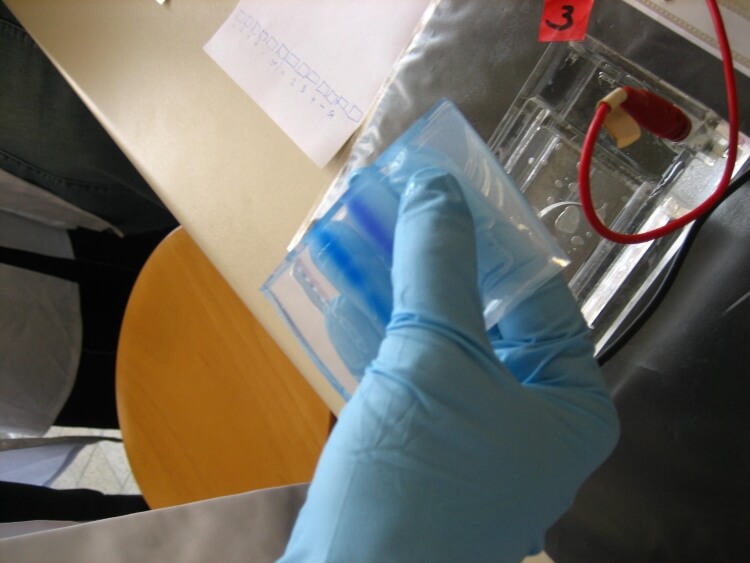3h
Human GC(Glucagon) ELISA Kit
Human GC(Glucagon) ELISA Kit
7.3pg/mL
Sandwich
1000pg/mL
15.62-1000pg/mL
Signal transduction;Hematology;
ELISA Enzyme-linked immunosorbent assays Code 90320007 SNOMED
Carbohydrate-Rich Portion of Platelet Membrane Glycoprotein Ib Alpha Polypeptide
Glucagon gene and the glucagon like peptide or GLP1 gene are peptide hormones, produced by alpha cells of the pancreas to raise the concentration of glucose in the blood as opposite of insulin, which lowers the glucose. Anti human glucagon and glp1 antibodies are used to study diabetes.
E05 478 566 350 170 or Enzyme-Linked Immunosorbent Assays,E05 478 566 350 170 or Enzyme-Linked Immunosorbent Assays,Human proteins, cDNA and human recombinants are used in human reactive ELISA kits and to produce anti-human mono and polyclonal antibodies. Modern humans (Homo sapiens, primarily ssp. Homo sapiens sapiens). Depending on the epitopes used human ELISA kits can be cross reactive to many other species. Mainly analyzed are human serum, plasma, urine, saliva, human cell culture supernatants and biological samples.
The test principle applied in this kit is Sandwich enzyme immunoassay. The microtiter plate provided in this kit has been pre-coated with an antibody specific to Glycocalicin (GC). Standards or samples are then added to the appropriate microtiter plate wells with a biotin-conjugated antibody specific to Glycocalicin (GC). Next, Avidin conjugated to Horseradish Peroxidase (HRP) is added to each microplate well and incubated. After TMB substrate solution is added, only those wells that contain Glycocalicin (GC), biotin-conjugated antibody and enzyme-conjugated Avidin will exhibit a change in color. The enzyme-substrate reaction is terminated by the addition of sulphuric acid solution and the color change is measured spectrophotometrically at a wavelength of 450nm ± 10nm. The concentration of Glycocalicin (GC) in the samples is then determined by comparing the O.D. of the samples to the standard curve.
